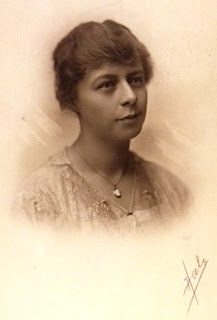On American Pickers and some homeless treasures of the occupational therapy profession

Many people accumulate stuff, and people ascribe varying levels of value to their stuff. Some people can't part with stuff because of sentimental feelings. Some people can't part with stuff because it represents a deeper psychological affliction . We have cultural movements now that address the problematic relationships that people have with their stuff. I initiated an Ebay hobby recently. There is nothing like the death of parents and the associated task housecleaning that prompts assessment of the value of earthly goods. I have had quite a bit of fun selling things that I no longer wanted. I am a fan of the show ' American Pickers ' and am moved by Mike Wolfe's philosophy about finding things that people no longer wanted and 'putting them into their place' with someone who loved or appreciated them. That is the flip side of my Ebay hobby - I have also purchased a few things that other people no longer wanted - and in doing so that brings me 'joy.








